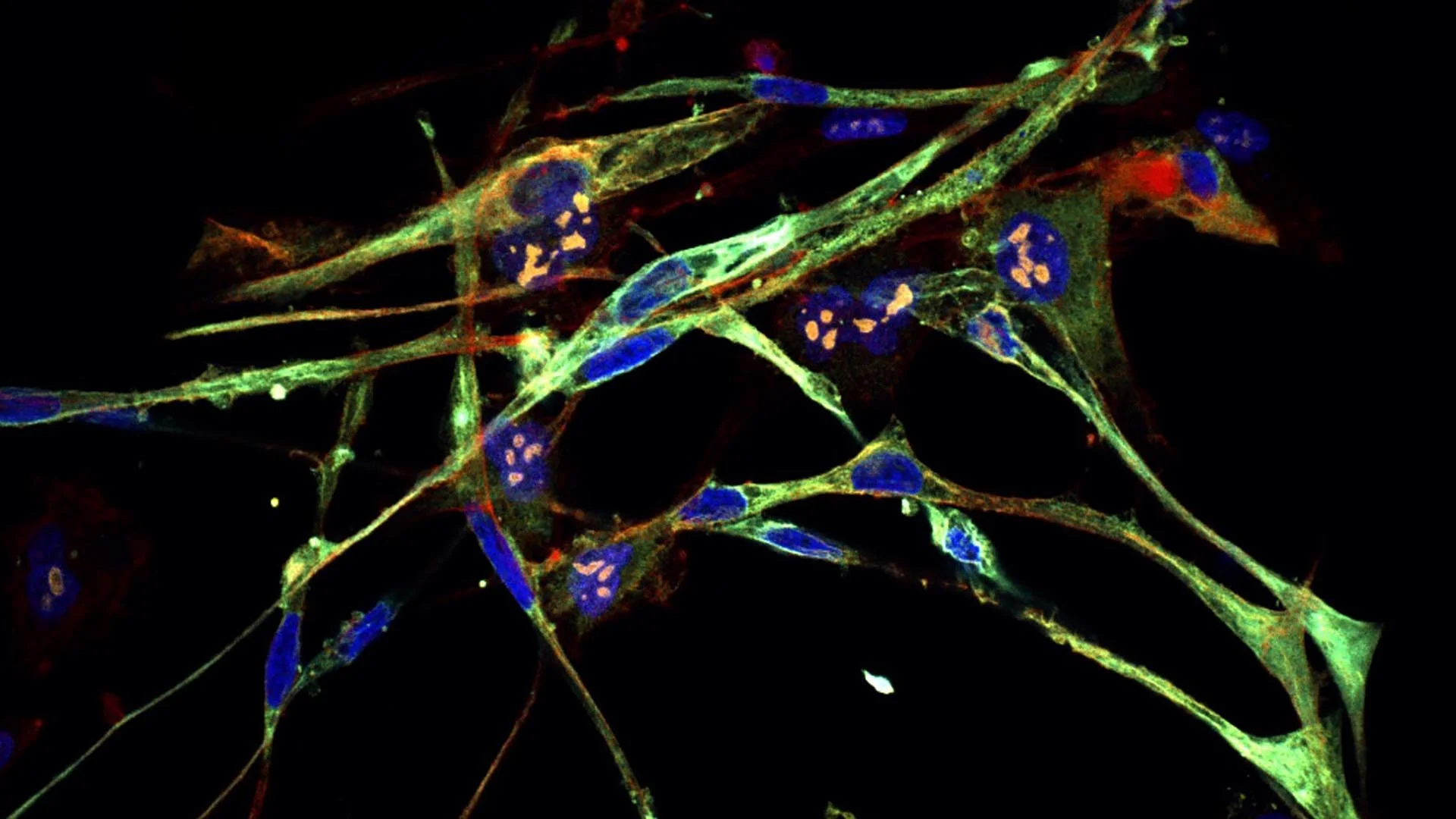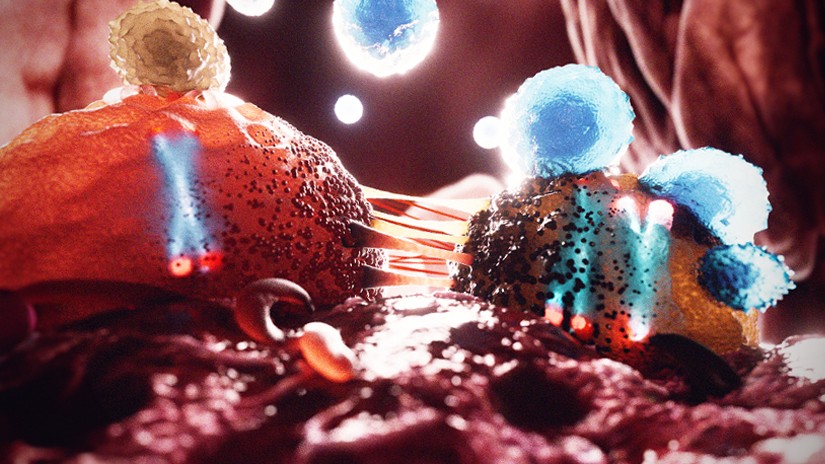Cancer
Explore Cancer
Latest about Cancer
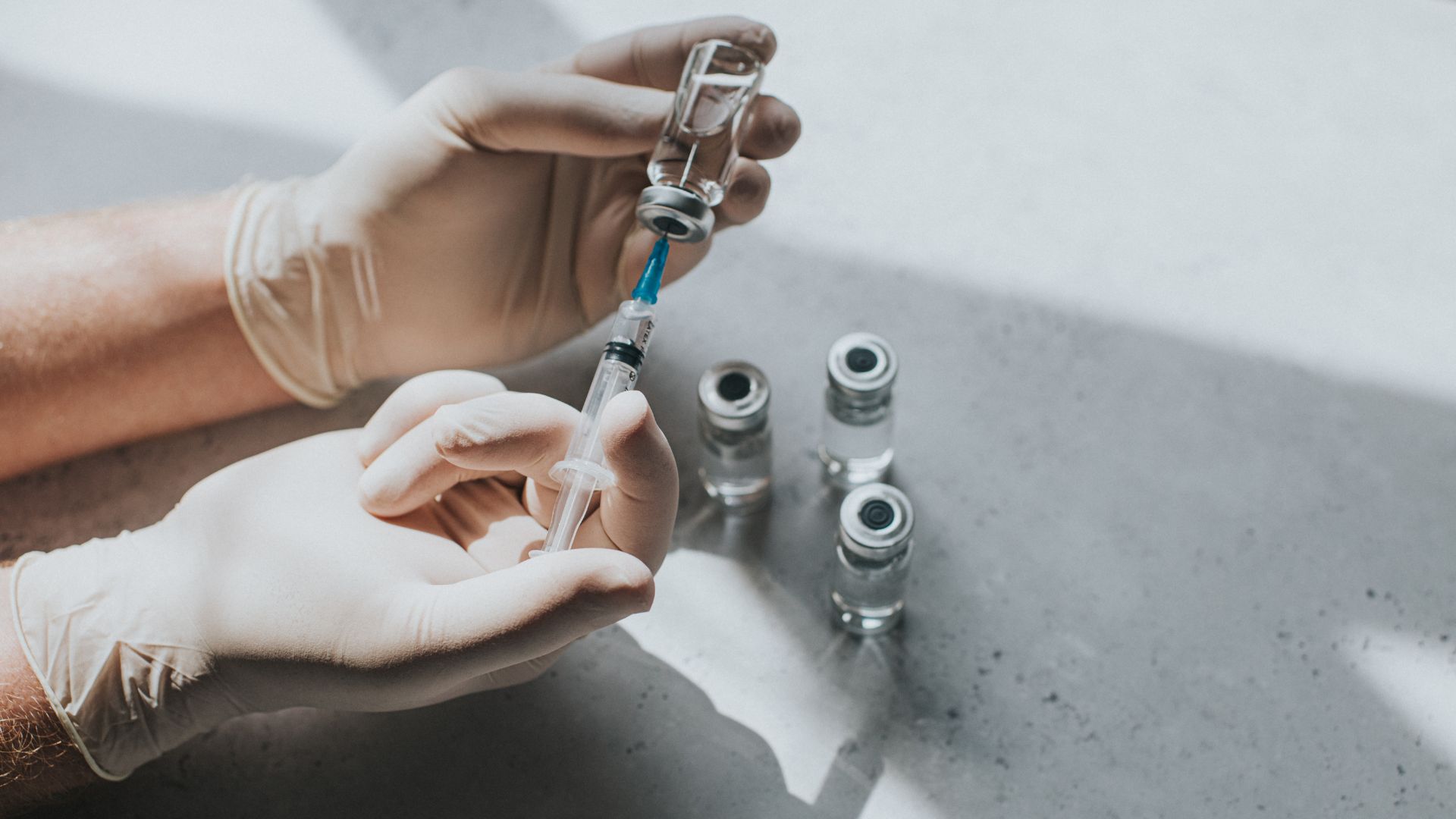
New mRNA 'cancer vaccine' trial launches in UK
By Nicoletta Lanese published
The first U.K. patient has received a dose of "cancer vaccine" in a new trial.
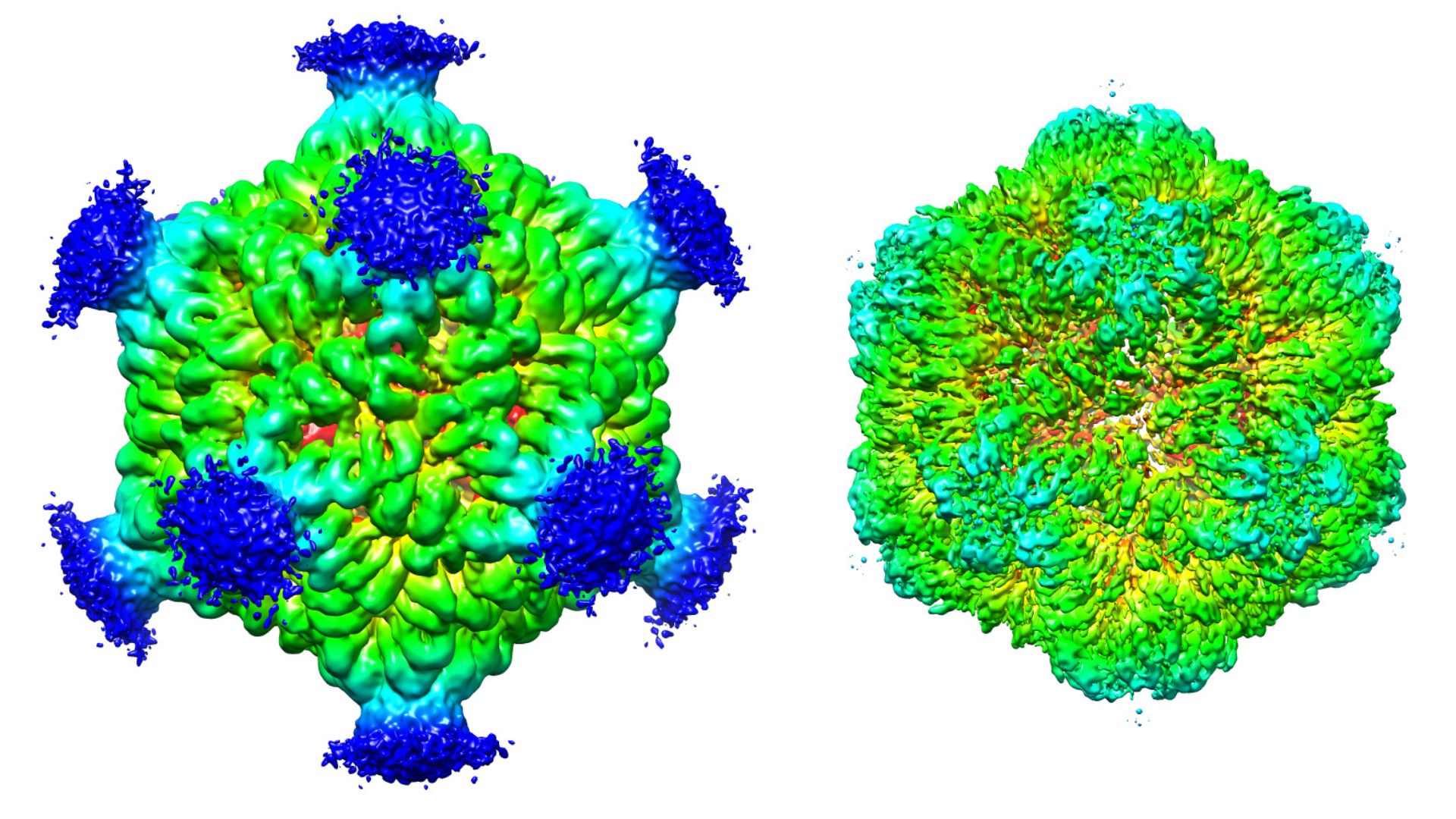
Cancer sometimes triggers sudden memory loss — now we might know why
By Jennifer Zieba published
A virus-like protein made by some tumors may be the culprit behind an enigmatic neurological syndrome in cancer patients.
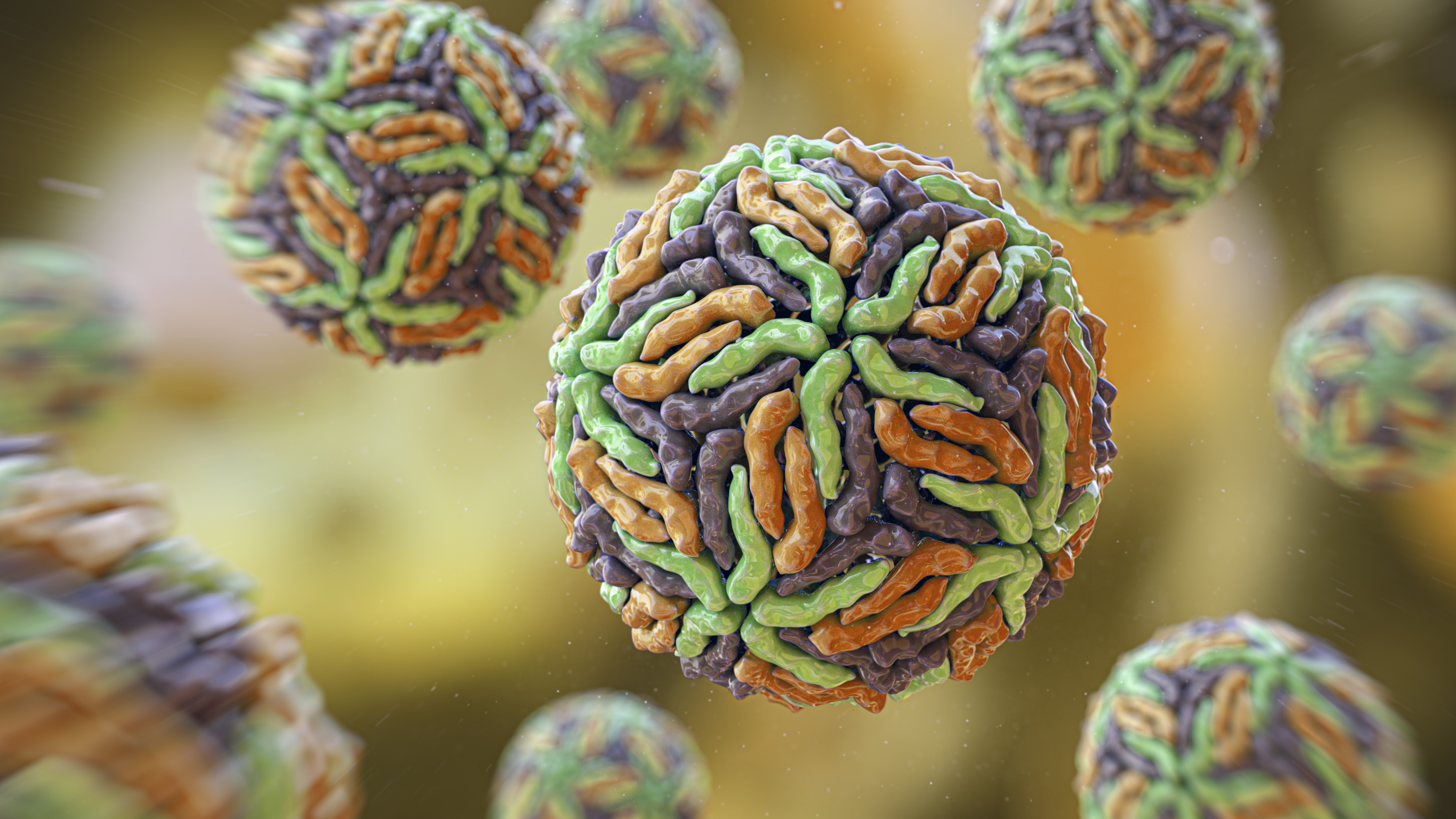
Zika virus could potentially treat cancer, another early study hints
By Jennifer Zieba published
The Zika virus can target and eradicate human neuroblastoma tumors in a mouse model, a study shows. But how soon could such a treatment be used in people?
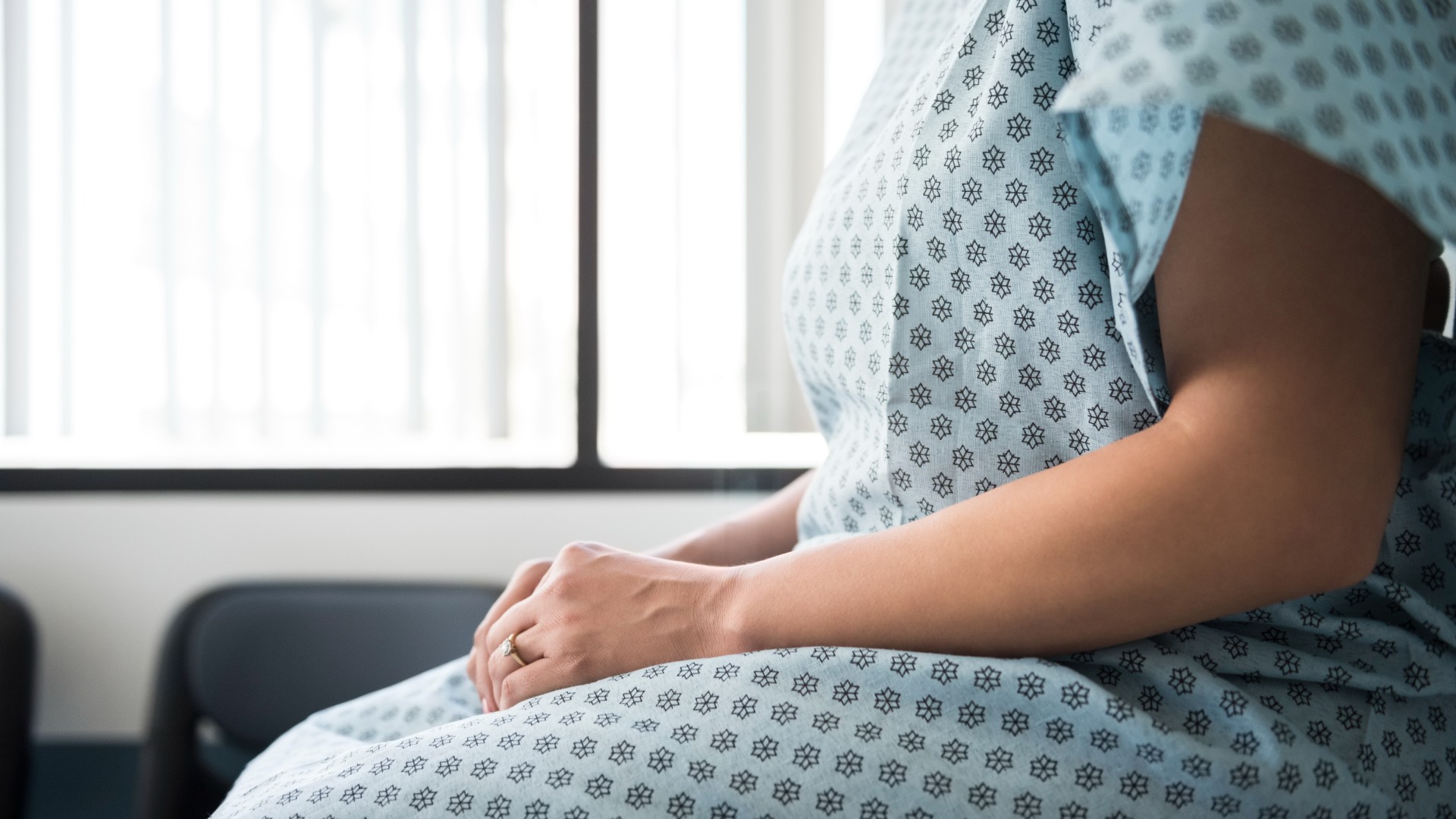
'Bionic breast' could restore sensation for cancer survivors
By Emily Cooke published
Scientists are developing a new device that could help breast cancer patients who experience a loss of sensation after having a mastectomy.
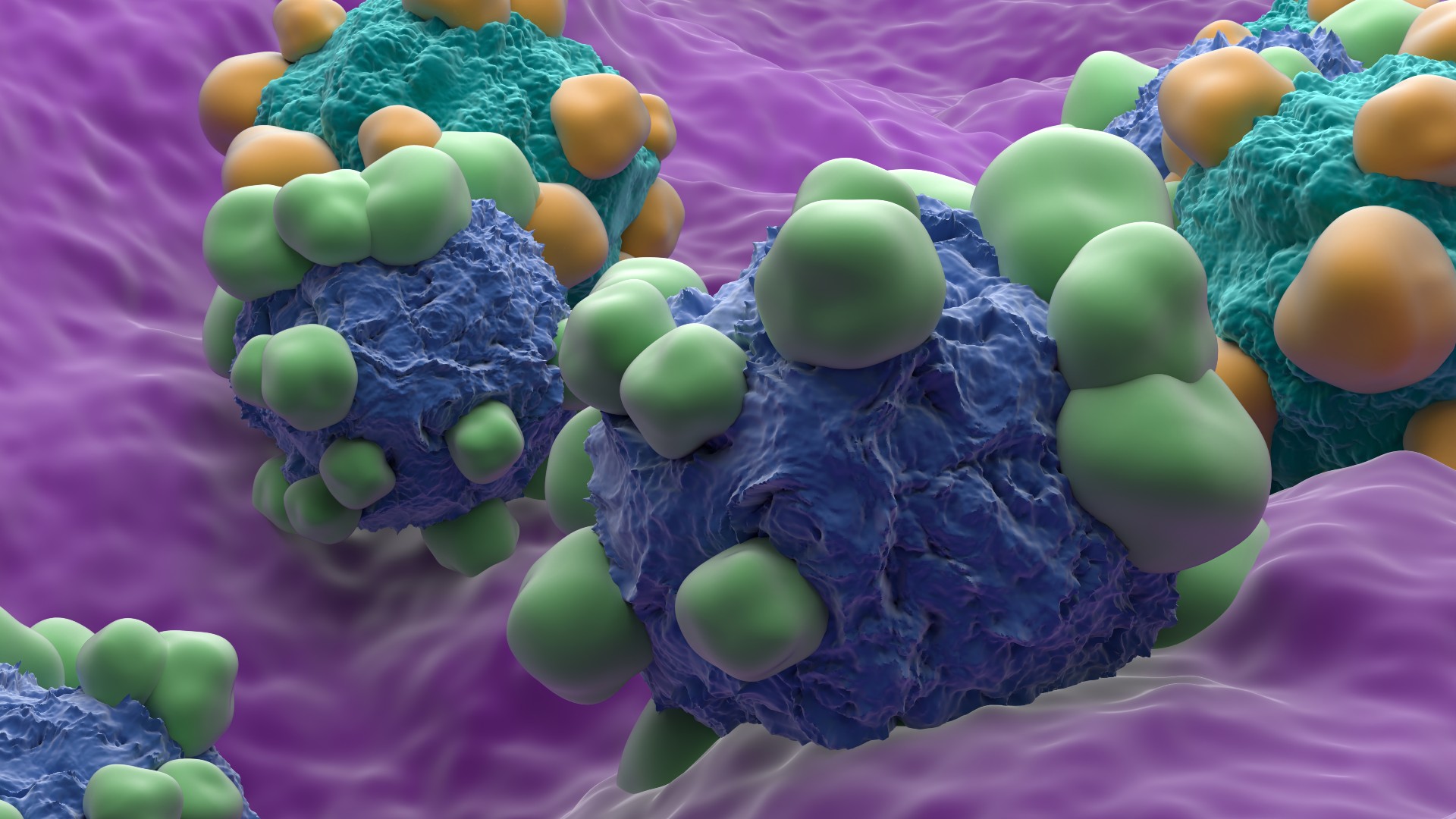
Healthy tissue may predict lung cancer return better than tumors
By Emily Cooke published
A new study suggests that the gene activity in healthy tissue surrounding tumors could better predict whether a patient's lung cancer might return after surgery.
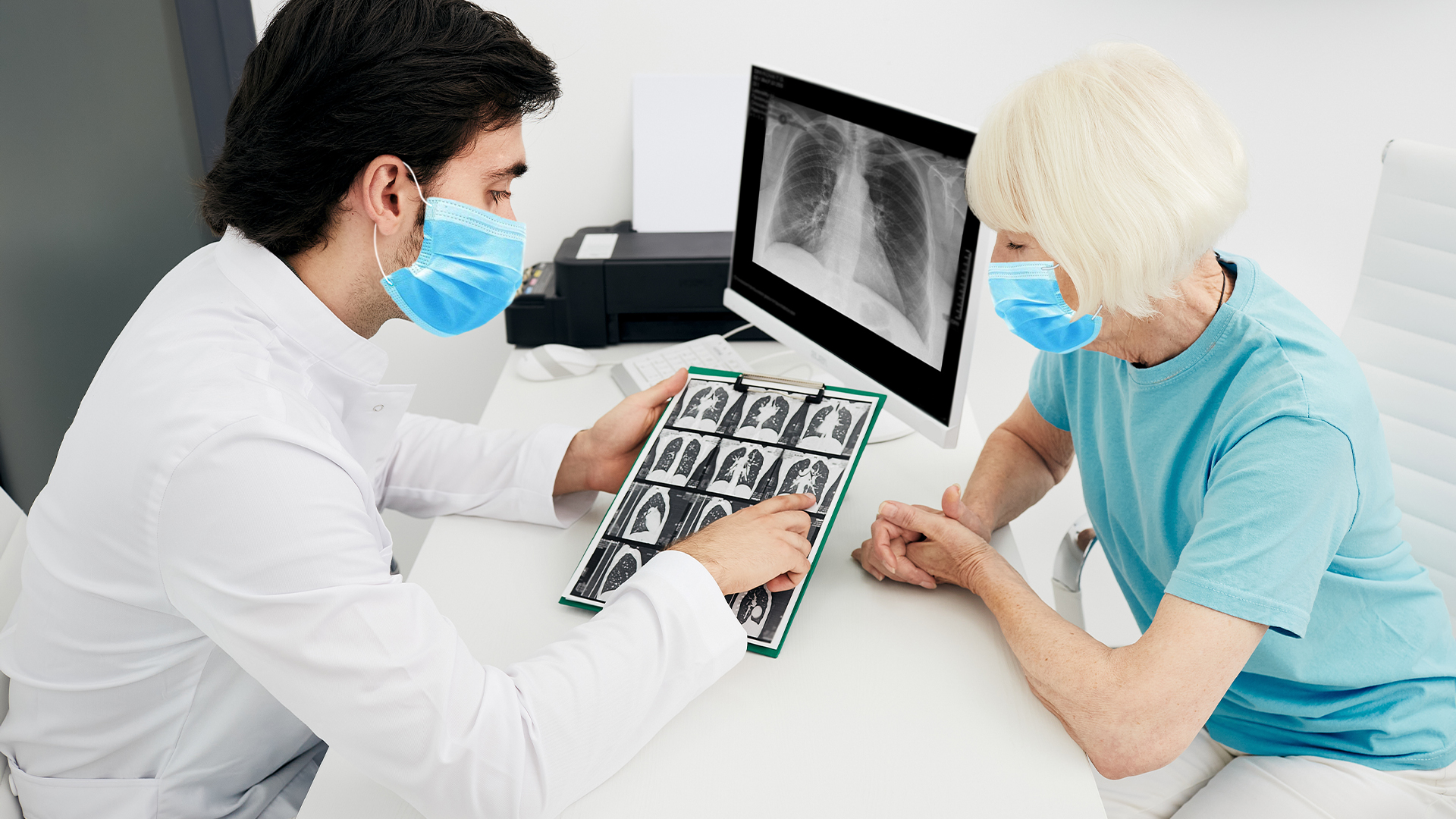
Millions more people need lung cancer screening, ACS says
By Nicoletta Lanese published
New guidelines from the American Cancer Society suggest millions more people should get yearly lung cancer screenings than were previously recommended to.
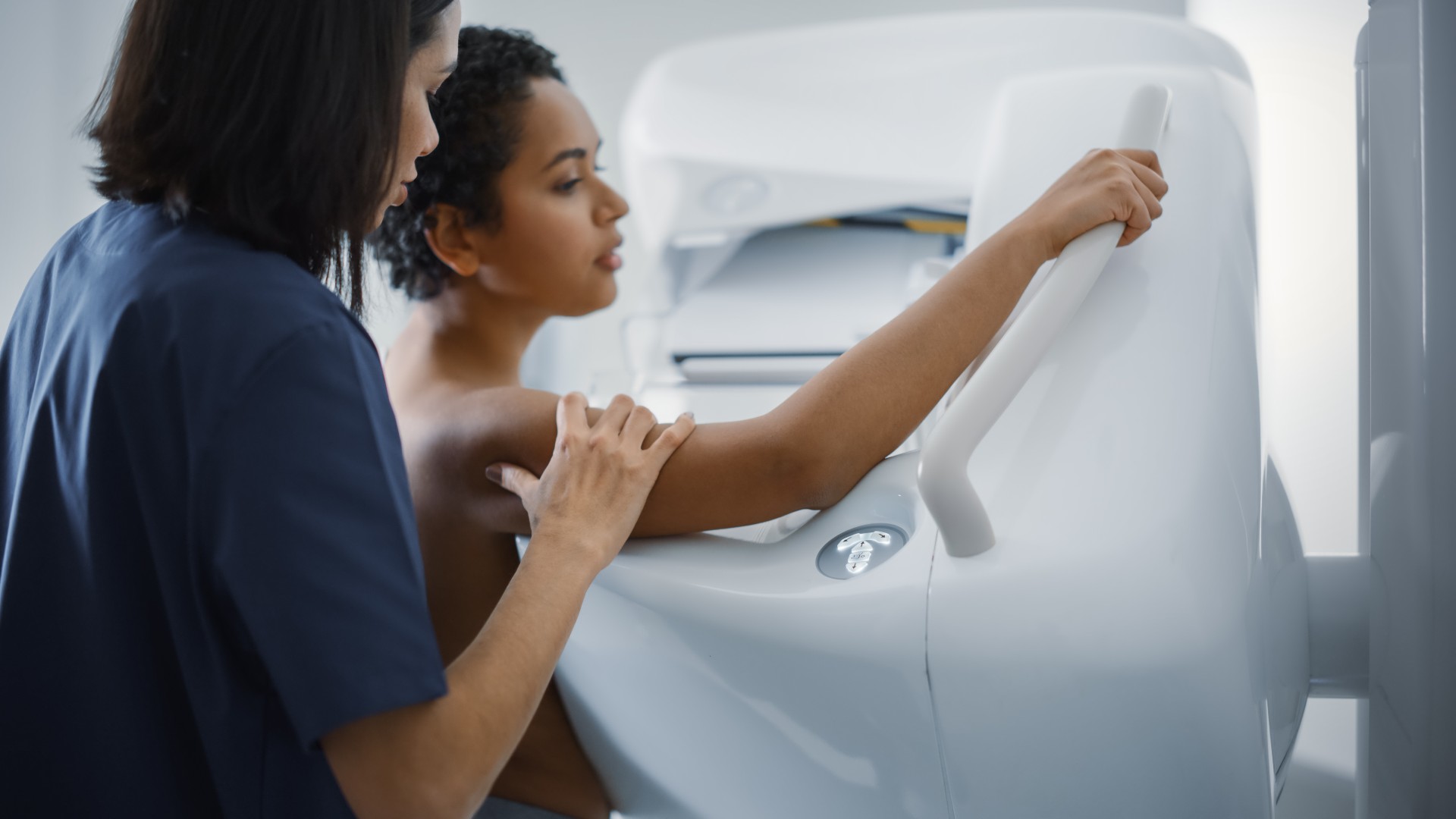
Cancer screening may not extend lives, new study suggests. But experts say it's flawed.
By Emily Cooke published
A new analysis of screening tests for four types of cancer suggests that only one actually increases life span, on average. But what do scientists think?
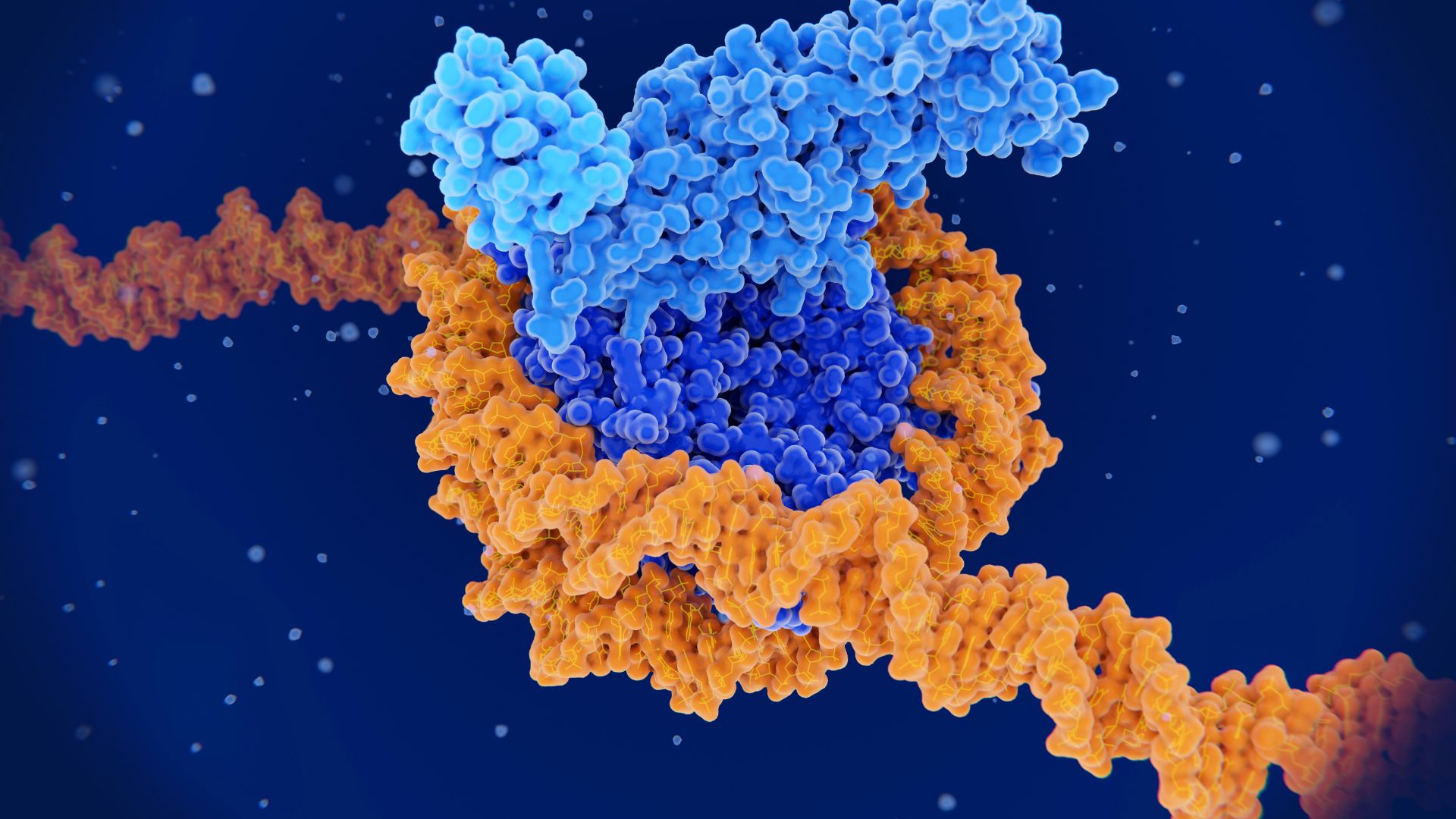
DNA's 'topography' influences where cancer-causing mutations appear
By Rebecca Sohn published
The topographical features of DNA in the body may dictate where and when cancer-causing mutations appear in its code.
Sign up for the Live Science daily newsletter now
Get the world’s most fascinating discoveries delivered straight to your inbox.
